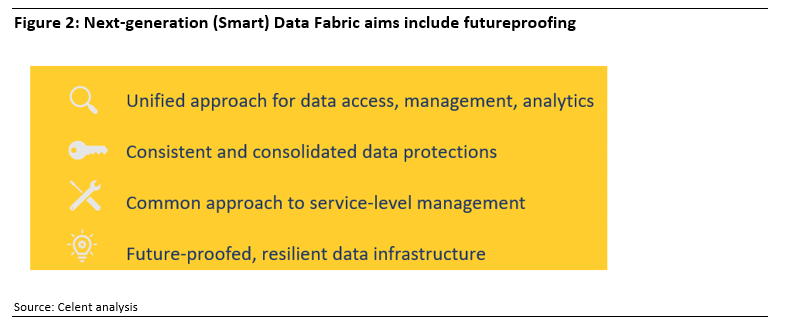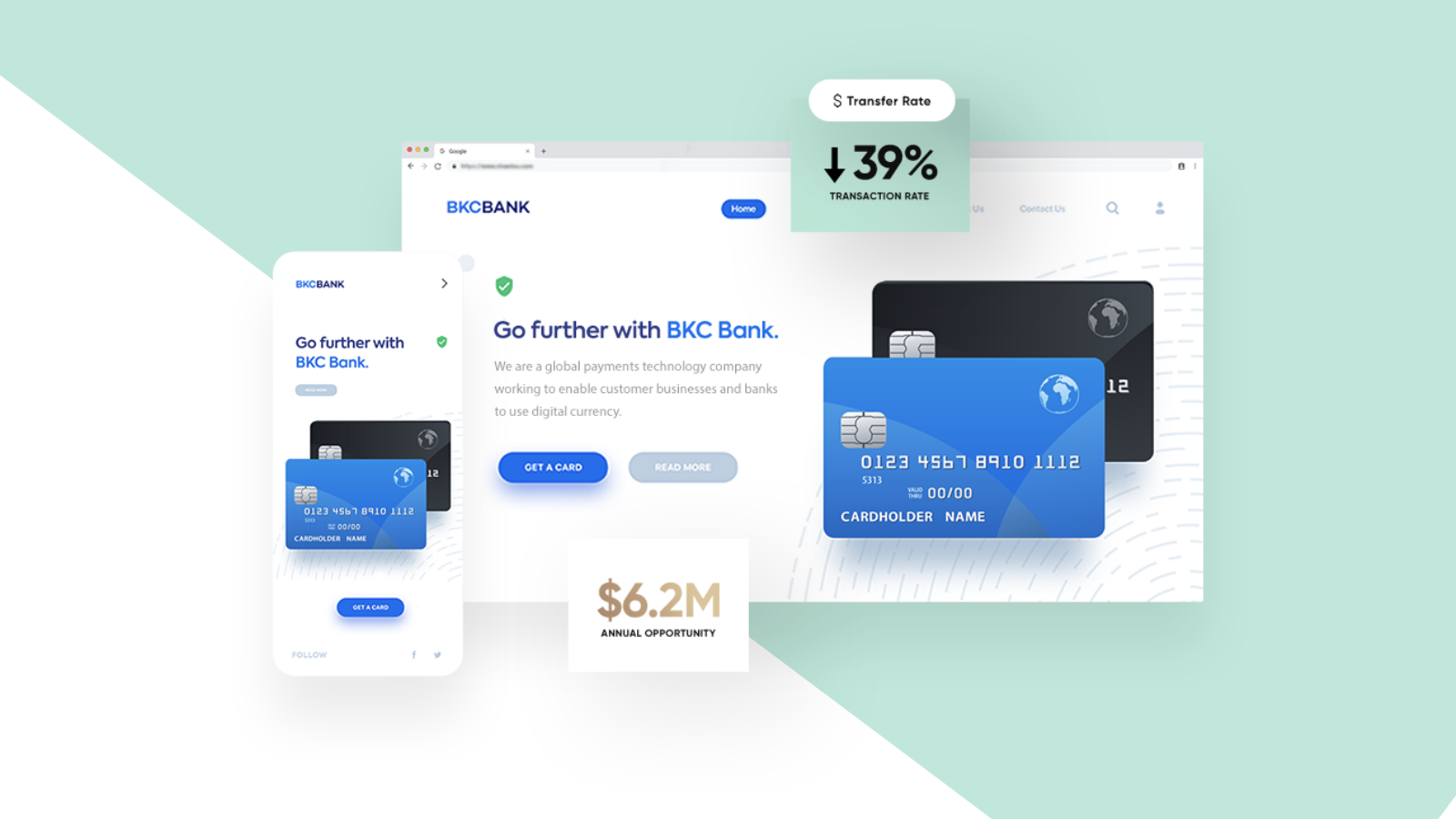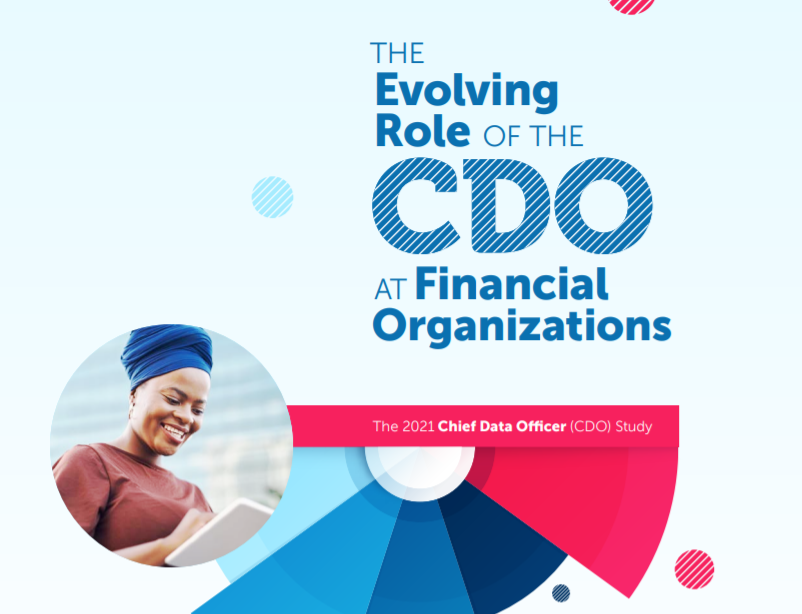
This is a sponsored post by Carol Hamilton, Senior Vice President, Global Solutions at Provenir.
New survey data reveals uncertainty in the accuracy in credit risk modeling, underscoring the need for AI, machine learning, and alternative data.
Consumer credit markets have changed dramatically over the past two years during the Covid-19 pandemic, translating into economic uncertainty for millions across the globe, and it seems for the fintechs and financial services organizations that serve them.
After all the disruption we’ve seen over the past 24 months, how sound are credit risk models? This was the question we sought out to find the answer for with a global research study that surveyed 400 decision makers in the industry. The results were more than a little unsettling — only 18 percent of fintechs and financial services organizations believe their credit risk models are accurate at least 75 percent of the time.
That’s pretty astonishing — especially given the fact that the rest of the respondents indicated they believed their credit risk models were accurate less than 75 percent of the time.
Credit risk modelling is at the heart of every fintech and financial services company and this financial fault line in credit risk decisioning should send chills down the spine of the entire sector.
This “risky business” uncertainty in credit risk modelling accuracy may be why real-time credit risk decisioning was respondents’ No. 1 planned investment area in 2022, as organization’s work to resolve this financial fault line in credit risk decisioning. The survey underscored the growing appetite for AI predictive analytics and machine learning, data integration, and use of alternative data as the means to improve credit risk decisioning.
Aside from improving credit risk modelling accuracy, organizations are also employing credit risk decisioning platforms to help address the key priorities of fraud detection/prevention and financial inclusion. And increasingly these credit risk analysis strategies employ the use of alternative data.
Fraud continues to grow for financial services and lending firms, both before and during the pandemic, with identity fraud being a key factor.
Sixty-five percent of decision makers in our survey indicated they recognize the importance of alternative data in credit risk analysis for improved fraud detection. Additionally, 51 percent recognize its importance in supporting financial inclusion. Alternative data is a more varied way for lenders to evaluate those individuals with a thin (or no) credit file put together a more holistic, comprehensive view of an individual’s risk. This vastly benefits those who can’t be easily scored via traditional methods, while also benefitting financial institutions, by expanding their total addressable market.
To level-up credit risk decisioning, organizations need more data, more automation, more sophisticated processes, and more forward-looking predictions. And to do that, businesses need AI that can provide immediate impact to the decisioning process. AI-enabled risk decisioning is seen as key to usher in improvements in many areas, including fraud prevention (78%), automating decisions across the credit lifecycle (58%), improving cost savings and efficiency (57%), more competitive pricing (51%), and improving accuracy of credit risk profiles (47%).
For unbanked and underbanked consumers, AI gives organizations the opportunity to support those consumers’ financial journeys. Financial services organizations typically struggle to support these consumers because they don’t come with a history of data that is understandable by traditional decisioning methods. However, because AI can identify patterns in a wide variety of alternative, traditional, linear, and non-linear data, it can power highly accurate decisioning, even for no-file or thin-file consumers.
While AI and machine learning, and alternative data may have been on the credit risk decisioning “nice to have” list a few years ago, fintechs and financial services organizations are quickly realizing legacy technology and methods simply are not up to today’s task of credit-risk decisioning. By deploying new technology such as AI and machine learning, and embracing alternative data, organizations are on their way to improved confidence in the accuracy of their credit risk models – moving to remediate their credit risk “risky business.” In doing so, they will be more prepared to react to changes moving forward, while supporting inclusive finance.
Carol Hamilton is Senior Vice President, Global Solutions at Provenir, which helps fintechs and financial services providers make smarter decisions faster with its AI-Powered Risk Decisioning Platform. Provenir works with disruptive financial services organizations in more than 50 countries and processes more than 3 billion transactions annually.






















